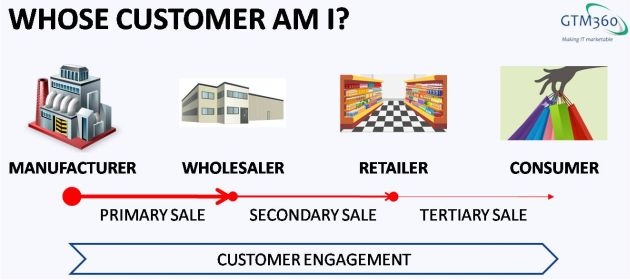In Five Pricing Paradoxes, we covered many pricing paradoxes and speculated on why they happen.
In this post, we will examine if and how they need to be fixed.
Is There A Problem?
While there’s a logic to pricing paradoxes, we cannot expect the Average Customer to accept them. As a result, they will complain about pricing paradoxes.
Mature enterprise buyers of IT accept some difference in price for the same product across different companies even if the purchase quantity is the same. But there's a limit to their tolerance. At what level of disparity will they get hassled?
(A) 1-9%
(B) 10-29%
(C) >=30%.#AWS pic.twitter.com/RVHexecbqC— Ketharaman Swaminathan (@s_ketharaman) January 2, 2024
However, I’ve observed for over 30 years that American companies make special offers for new customers without extending them to their existing customers. Given the enduring nature of that price discrimination policy, should vendors worry that pricing paradoxes will cause churn among their customer base?
Yes, They Should Worry
The financial services company in the first example of pricing paradox in Five Pricing Paradoxes blacklisted my company for all its future purchases. The LinkedIn OP in the second example canceled his FT subscription.
Therefore, it is in the interest of vendors to explore ways to resolve pricing paradoxes.
We outline a few solutions below.
Solutions
FMCG
FMCG companies use different packing sizes at different stages of the the distribution channel. The packing size becomes smaller further down the channel, as illustrated in the following exhibit.
A consumer buying an individual unit will only be served by the retailer and not by the FMCG company (“OEM”). (It’s akin to the LinkedIn OP in example #2 being able to access FT only from Revolut and not from FT itself.)
As a result, the consumer will get only one price – the one via middleman – and pricing paradox won’t arise. More at Whose Customer Am I?.
IT
IT companies demarcate separate territory for dealers and direct sales e.g. their direct salesforce sells to companies above a certain size (“core territory”) whereas their dealer network targets companies below that size (“dealer territory”). The OEM in the aforementioned example had such a policy.
But it’s not foolproof.
The OEM can tell core not to encroach on dealer territory and its dealers not to encroach on core territory. It can also direct dealer customers who approach it to go to dealers. However, it cannot stop core customers from going to dealers (which is what the aforementioned financial services company did). Since dealer sales often happen across the counter anonymously, the dealer may not even know that the customer standing in front of him belongs to the OEM’s core territory. Therefore it’s virtually impossible for the OEM to prevent dealers from selling to core customers.
The only way to mitigate pricing paradox in this situation is to route 100% of sales via dealers (“indirect sales”). Some companies like IBM and HPE follow that practice.
Dell is one company that started with 100% direct sales model and was then compelled to add a dealer network – but it still did not go all the way to a 100% indirect sales model. As evidenced by the examples of FT, Netflix and others, 100% indirect sales is not pragmatic for many more companies.
So, pricing paradoxes cannot be totally wished away.
